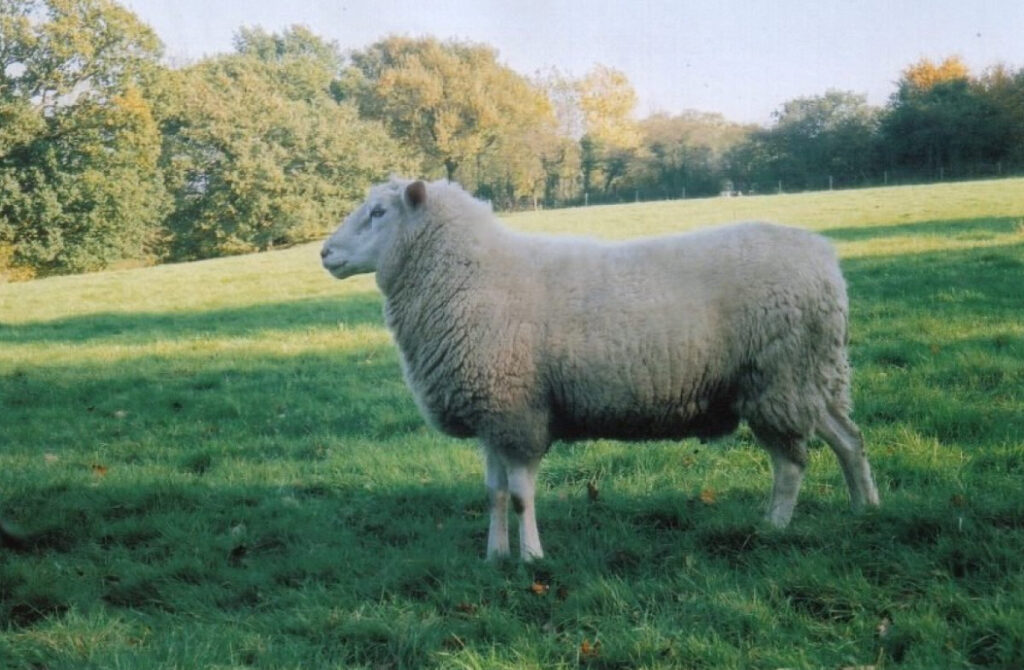Address
Chapel en le Frith, High Peak, Derbyshire
Work Hours
Monday to Friday: 9AM - 7PM
Weekend: 10AM - 5PM


Breeding and Genetics – Selecting and Managing Breeding Stock
The foundation of any successful dairy sheep farm lies in a well-thought-out breeding program and the careful selection of breeding stock. By focusing on desirable genetic traits, such as high milk yield, good udder structure, and strong health, you can build a productive and resilient flock. Managing breeding stock effectively ensures the continued improvement of your flock’s performance over generations.
When selecting breeding stock, start by evaluating the performance records of potential ewes and rams. For ewes, prioritize those with high milk yields, extended lactation periods, and good temperament, as calm animals are easier to manage during milking. Udder health and structure are particularly important, as strong, well-supported udders reduce the risk of mastitis and make milking more efficient. Rams should be chosen for their ability to pass on favorable traits, including fertility, offspring growth rates, and overall hardiness.
For dairy sheep, consider breeds with strong milking genetics, such as the East Friesian, British Milksheep, or Lacaune. Crossbreeding can also be an effective strategy to combine the strengths of different breeds. For example, crossing a hardy, adaptable breed like the Clun Forest with a high-yielding dairy breed can produce offspring with balanced traits, such as improved milk production and resilience.
When managing breeding stock, aim for genetic diversity to avoid inbreeding, which can lead to reduced fertility, poor health, and lower milk yields. Keep detailed records of bloodlines, birth dates, and performance data to make informed breeding decisions. Maintaining a closed flock—where new animals are rarely introduced—can help prevent the introduction of diseases, though it requires careful management of genetic diversity within the group.
To achieve year-round milk production, divide your flock into two groups: one bred in spring and the other in autumn. This staggered breeding schedule ensures a consistent supply of milk and balances workloads throughout the year. Ewes should ideally be bred at around 18 months of age, as younger ewes are still maturing and may not handle the demands of pregnancy and lactation as well as older ones. Rams should be introduced during the breeding season, which typically lasts six to eight weeks, allowing enough time for successful mating.
Pregnancy management is critical for ensuring the health of both ewes and lambs. During the last six weeks of gestation, ewes should receive additional nutrition to support fetal development and prepare for lactation. Monitor pregnant ewes closely for signs of pregnancy toxemia, particularly in those carrying multiple lambs, as this condition can be life-threatening if untreated.
Once lambing begins, provide a clean and quiet environment for ewes to give birth. Ewes that have been selected for strong maternal instincts will usually lamb without assistance, but be prepared to intervene if complications arise. Lambs should receive colostrum within the first few hours of life to boost their immune systems and ensure a strong start.
By selecting high-quality breeding stock, carefully managing genetics, and providing proper care during the breeding and lambing process, you can continually improve the productivity and health of your dairy sheep flock. A strong breeding program lays the groundwork for a thriving operation, ensuring that each generation builds on the success of the last.
Coming Next:
Part 7: Milk Processing – Turning Milk into Cheese, Yogurt, and Other Products. https://derbyshirefarmers.com/dairy-sheep-milk-processing/